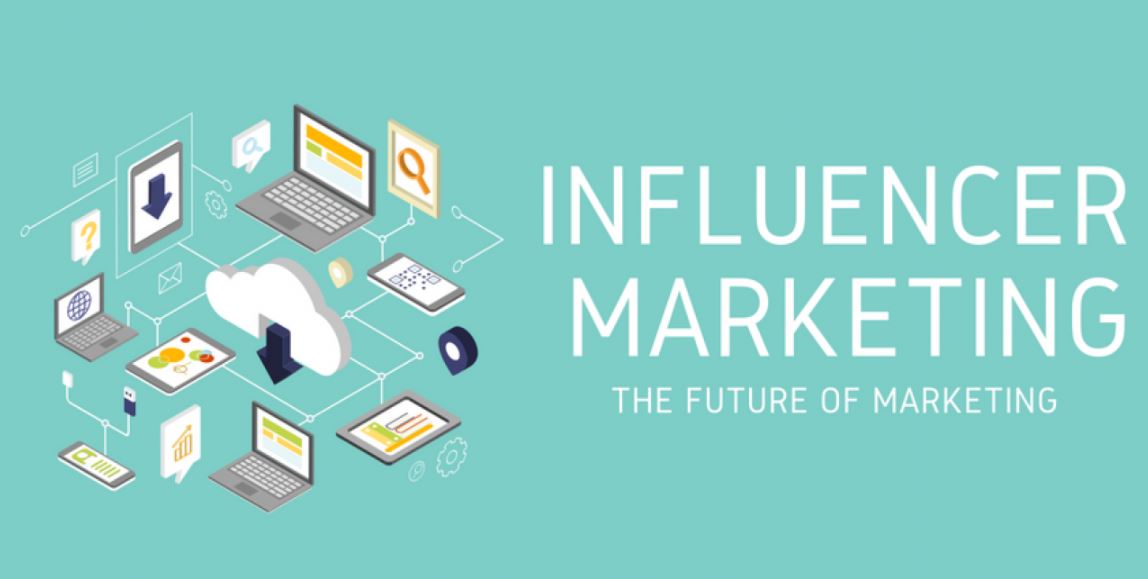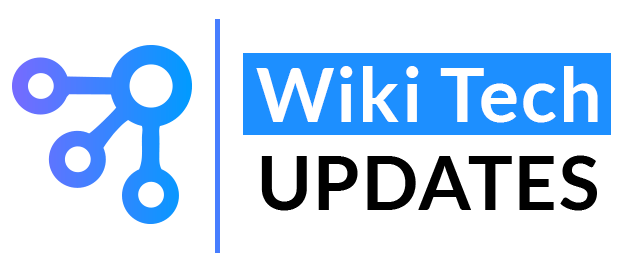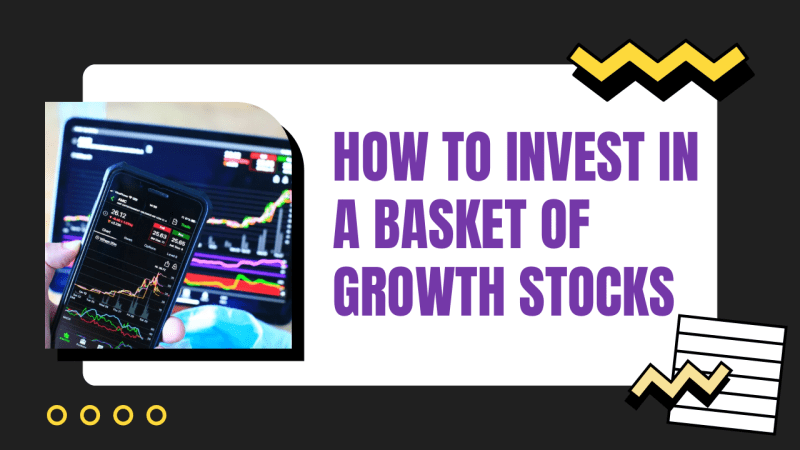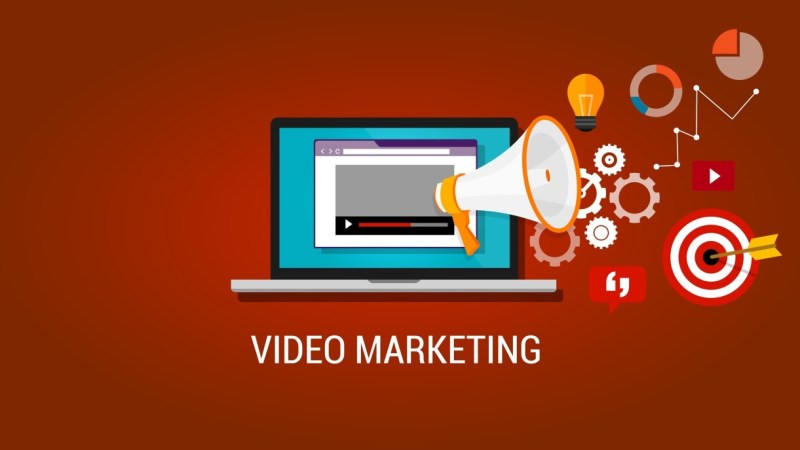4 trends in Influencer marketing that are marking 2020

The new reality that brands and consumers face after the arrival of Covid19 is changing the trends in the market.
The new situation that we live after the arrival of Covid19 has changed consumer behavior. For this reason, brands must adapt and reconsider their way of acting in their advertising campaigns.
“Advocacy Marketing (brand ambassadors) is already a fundamental piece of brand strategies. More and more companies understand that the objective of marketing is not only to attract new consumers but also to convert them into brand advocates”.
Table of Contents
1. Select influencers beyond the reach
In many digital marketing disciplines, a strategy based on affinity with the environment has gone to very complex data and programmatic solutions, where data is critical in planning and decision-making. Stuartkerrs are good at digital marketing which brings quality, honesty, ethical practices, affordability, an adherence to deadlines and above all, professionalism.
Influencer marketing will follow these same steps, since evaluating influencers based on fundamental metrics such as several followers and reach somewhat obsolete. Brands must know where those followers are from, how many they will be able to get if they are related to them … and not just identify the influencer (number of users who have seen their publication).
Thanks to the algorithmic nature of social platforms, influencers can be evaluated from other factors such as the number of followers in the target (future consumers of the product), the percentage of false followers, the engagement ratio or the growth rate, among others.
“For years, we have analyzed our clients through our algorithm known as ShineBuzz, which allows us to identify the most suitable influencer for each advertising campaign”.
[Also Read: Why building a brand is so important to your business]
2. Evolution of formats: from image to video
Video is the primary format of the branded content of 2020. Statistics in the industry indicate that the audiovisual format will represent around 80% of all internet traffic in 2021 *. Whether in the form of stories, tutorials, step-by-step, product reviews … influencers are now more than ever producers and distributors of content.
Also, for brands, the content generated by these creators is a very profitable and efficient way to distribute their message and video content among masses of audiences. Therefore they will turn to influencers with robust learning in audiovisual production.
3. Goals beyond Instagram and YouTube
Brands will focus on advertising and influencer marketing towards emerging channels such as Tik Tok and more specific ones such as People. However, Instagram and YouTube remain the networks par excellence.
The substantial growth of new social networks will push brands to diversify their strategy and expand the content on new platforms that also represent good opportunities to reach a target that is difficult to reach and convince: millennials and generation Z. Creativity on the part of Influencers and campaign customization will be essential to gain a foothold on new platforms.
4. Impact on sales
So far, it has been challenging to demonstrate the direct return on sales of influencer marketing. From now on, new tracking methods will be used, discount coupons, fees that vary according to conversion, and other strategies that will be key for brands that, beyond notoriety, will have a new objective: conversion.






